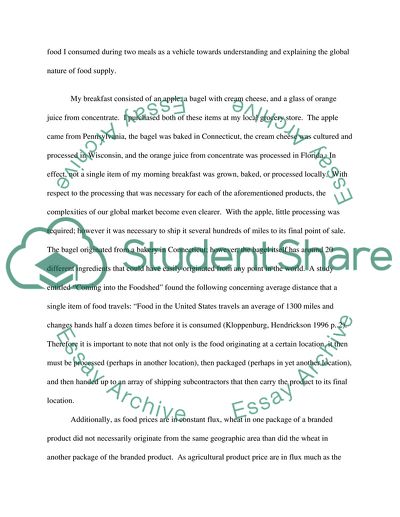Cite this document
(A Globalized Version of Food - Threats, Benefits, and Sustainability Research Paper, n.d.)
A Globalized Version of Food - Threats, Benefits, and Sustainability Research Paper. Retrieved from https://studentshare.org/social-science/1778850-impacts-of-a-borderless-society
A Globalized Version of Food - Threats, Benefits, and Sustainability Research Paper. Retrieved from https://studentshare.org/social-science/1778850-impacts-of-a-borderless-society
(A Globalized Version of Food - Threats, Benefits, and Sustainability Research Paper)
A Globalized Version of Food - Threats, Benefits, and Sustainability Research Paper. https://studentshare.org/social-science/1778850-impacts-of-a-borderless-society.
A Globalized Version of Food - Threats, Benefits, and Sustainability Research Paper. https://studentshare.org/social-science/1778850-impacts-of-a-borderless-society.
“A Globalized Version of Food - Threats, Benefits, and Sustainability Research Paper”, n.d. https://studentshare.org/social-science/1778850-impacts-of-a-borderless-society.


